Uncategorized
-
 Animals
AnimalsMath describes sheep herd fluctuations
Scientists have developed equations to describe the motion of a herd of sheep.
-
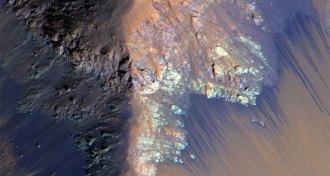 Planetary Science
Planetary ScienceSalt streaks point to present-day water flows on Mars
Salt deposits on Mars hint at contemporary seasonal water flows on the Red Planet.
-
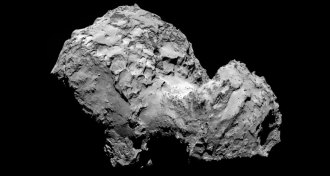 Planetary Science
Planetary Science67P reveals recipe for a comet
Rosetta’s comet 67P probably started out as two smaller comets.
-
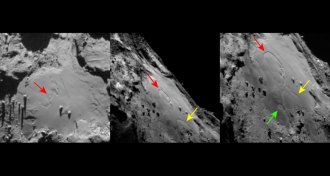 Planetary Science
Planetary ScienceMysterious circles appear, grow on comet
The Rosetta spacecraft caught five circular depressions quickly spreading across a region of comet 67P.
-
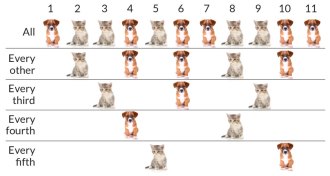 Math
Math83-year-old math problem solved
An 83-year-old math problem concerning sequences of 1s and –1s has been solved.
By Andrew Grant -
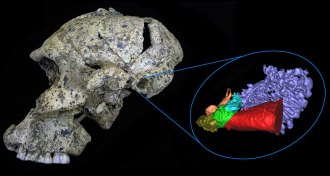 Anthropology
AnthropologyAncient hominid ears were tuned to high frequencies
Two ancient hominid species may have heard high-frequency sounds especially well.
By Bruce Bower -
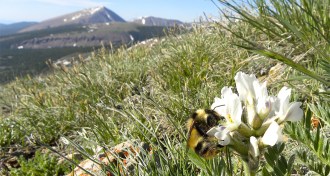 Animals
AnimalsAlpine bee tongues shorten as climate warms
Pollinators’ match with certain alpine flowers erodes as climate change pushes fast evolution.
By Susan Milius -
 Chemistry
ChemistryElusive acid finally created
Cyanoform, a chemical sought for more than a century and written into textbooks, is one of the strongest organic acids.
By Beth Mole -
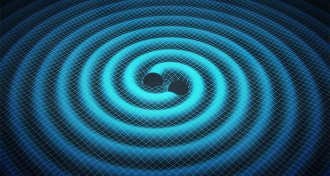 Astronomy
AstronomyBlack hole collisions evade detection
The environment in the centers of some galaxies might inhibit gravitational waves radiating from supermassive black holes, a new study suggests.
-
 Health & Medicine
Health & MedicineWhat makes cells stop dividing and growing
Scientists have found that the protein GATA4 helps control cellular senescence, and may be a target for treating aging-related diseases.
-
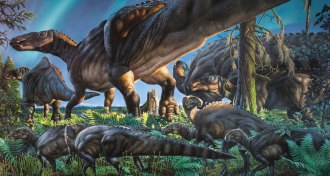 Paleontology
PaleontologyNew dinosaur identified in Alaska
New species of duck-billed dinosaur discovered in the Alaskan permafrost.
By Meghan Rosen -
 Life
LifeFor people, mealtime is all the time
People eat for most of their waking hours, which may affect sleep and weight.